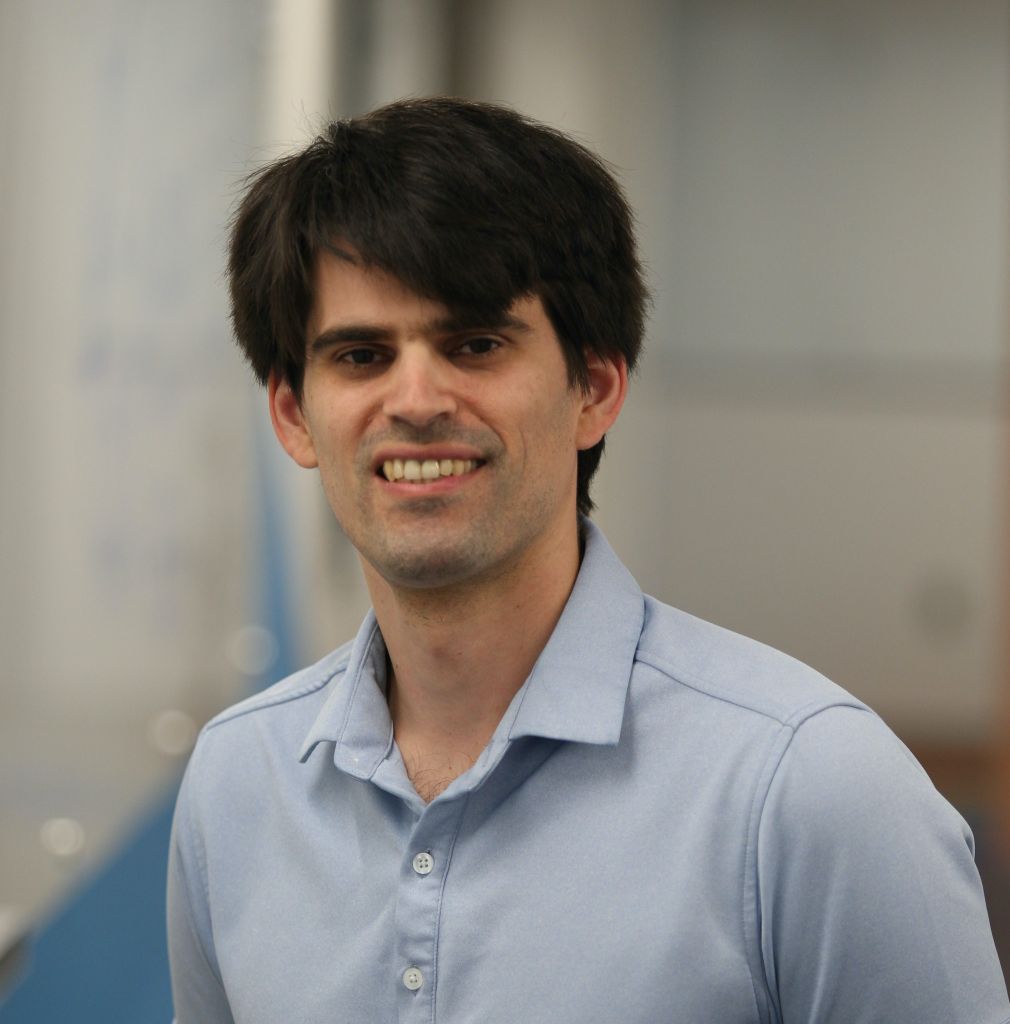Michael Gullans is an adjunct assistant professor in the Department of Physics, Department of Computer Science, and the Institute for Advanced Computer Studies (UMIACS). He is also a physicist in the Nanoscale Device Characterization Division at the National Institute of Standards and Technology (NIST).
Gullans's research interests center on the theoretical study of quantum information systems and quantum simulators in nonperturbative and strongly-interacting limits. His current efforts are focused on the physics of error correction and fault-tolerance in near-term devices and scalable tomography of quantum simulators.
A common theme in this research is understanding the role of randomness, noise and disorder in many-body quantum dynamics using the theoretical methods of statistical physics. The long term goal of the research is to develop quantum simulators into reliable, computational tools for the study of many-body quantum physics and complex systems.
Gullans received his doctorate in quantum optics and condensed matter theory from Harvard University in 2013. He was a postdoc at QuICS from 2014-2017 and rejoined QuICS in 2020 after a postdoc at Princeton University.
